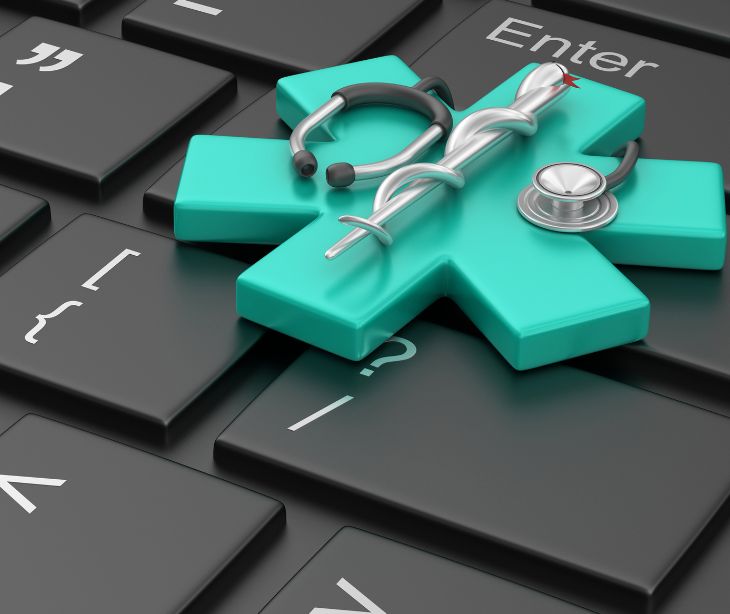
Access control systems are the cornerstone of safeguarding protected health information (PHI) by managing and regulating entry to specific areas. Each type of system offers distinct advantages and depends on the priorities of the healthcare facility.
What is access control?
Access control is the process of regulating or limiting access to resources, systems, or information. These resources include electronic health records (EHRs), medical databases, and other sensitive information in healthcare. The primary goal of access control is to prevent unauthorized individuals from accessing or modifying confidential data.
Types of access control
- Physical access control
Physical access control restricts entry to physical spaces that house sensitive healthcare information. This includes data centers, server rooms, and facilities storing medical records. Measures such as biometric authentication, keycard access, and security personnel ensure that only authorized individuals can enter these areas. - Logical access control
Logical access control pertains to controlling access to digital systems and information. Authentication methods like usernames, passwords, and multi-factor authentication (MFA) are used to verify the identity of users. Role-based access control (RBAC) is a common logical access control approach in healthcare, assigning permissions based on job roles to limit access to relevant information. - Role-based access control (RBAC)
RBAC assigns roles to users based on their responsibilities within the organization. For example, a nurse might have access permissions different from a physician or an administrative staff member. RBAC ensures that users only have access to the information necessary for their job functions, minimizing the risk of unauthorized access. - Mandatory access control (MAC)
MAC assigns labels (e.g., classification levels) to data and users, and access is determined by predefined security policies. While less common in healthcare, MAC can be beneficial for protecting highly sensitive patient information. - Discretionary access control (DAC)
DAC allows data owners to set access permissions for their resources. In healthcare, this could mean that a physician has control over who can access their patient notes. While providing flexibility, DAC requires careful management to prevent data breaches, as users have significant control over access rights.
- Attribute-based access control (ABAC)
ABAC considers various attributes, such as user roles, time, and location, to determine access permissions dynamically. This model is well-suited for healthcare environments where access needs can be highly contextual, such as granting temporary access to a specialist during a consultation.
Go deeper: A guide to HIPAA and access controls
Best Practices for Implementing Access Control in Healthcare
- Regular access audits
Conduct regular audits to review user access rights and identify any discrepancies. This ensures that users only have access to the information necessary for their roles and responsibilities. - Training and awareness
Educate healthcare professionals about the importance of access control and security protocols. Training should cover password hygiene, recognizing phishing attempts, and reporting any suspicious activities. - Encryption of data
Implement encryption for data both in transit and at rest. This adds an extra layer of security, ensuring that the data remains unreadable even if unauthorized access occurs without the appropriate decryption keys. Paubox offers HIPAA compliant email solutions that encrypt data in transit and at rest. - Monitoring and logging
Utilize monitoring tools and log files to track user activities and detect any anomalies. Promptly investigate and respond to any suspicious behavior to mitigate potential security threats. - Regular software updates
Keep software and systems up to date to patch vulnerabilities. Regular updates help protect against security exploits and ensure access control mechanisms remain effective.
Related: The use of Paubox for Cyber Security
In the news: Proposed Florida bill to protect against cyberattack liability
Subscribe to Paubox Weekly
Every Friday we'll bring you the most important news from Paubox. Our aim is to make you smarter, faster.




